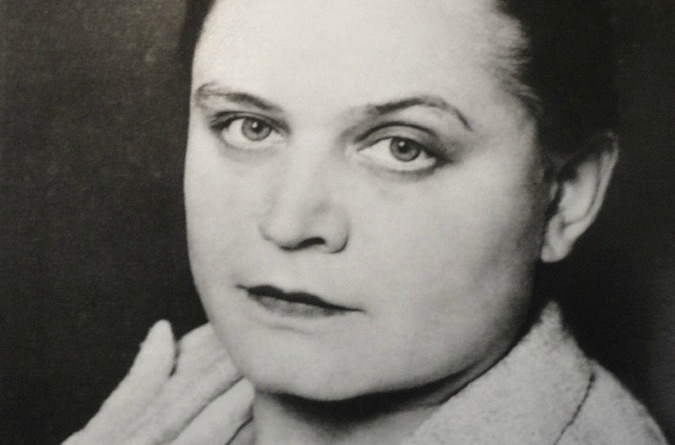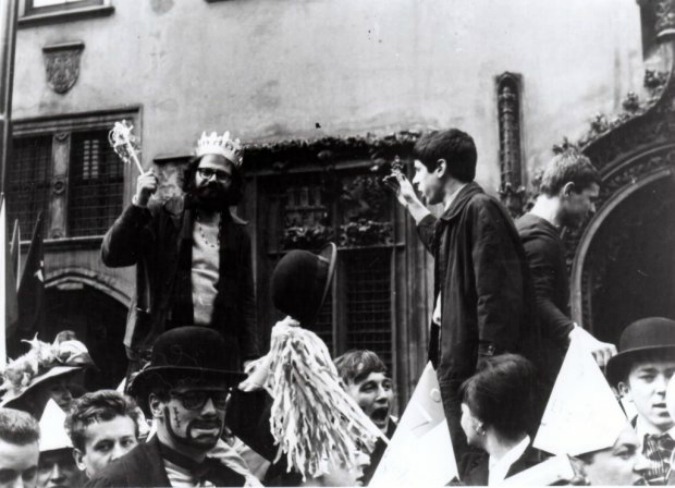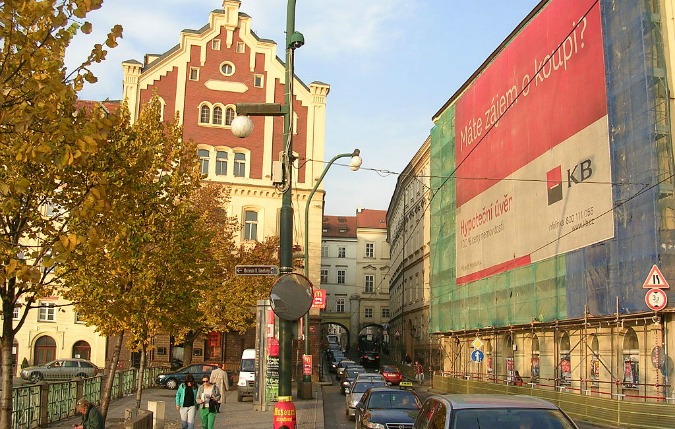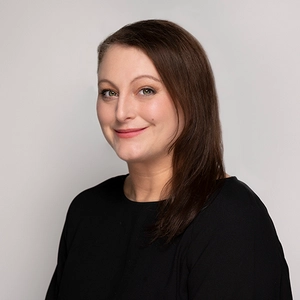The 2016 Prague Pride festival kicks off on August 7 with much for the LGBT community to celebrate this year, especially after the recent annulment of a provision that banned same-sex partners from adopting children.
As the festival looks to a more tolerant future with its usual revelry and colorful workshops, films, performances, and Sunday parade, this year also sees a look back at the history of gay culture in Prague with a set of English-friendly walking tours.

Czech artist Toyen was born in Smíchov
One of them is organized by Prague4gay, a tour company founded by cultural anthropologist Petr Prokopik who says that gay history in Prague began with the 1932 publication of the magazines “The Voice of Sexual Minority” and “The New Voice” which first reported on the homosexual community.
Other important dates on that timeline, according to Prokopik, are the 1961 eradication of homosexuality as a criminal act, the coronation of Allen Ginsberg as Kral Majales in 1965, and the 2006 same-sex partnership act.

Allen Ginsberg in Prague, 1965
A host of influential Czech LGBT figures—including surrealist artist Toyen whose birthplace is an important Prague landmark, and gay Holocaust hero Fredy Hirsch—will play a role in another tour organized by the Center of Queer Memory and covering gay life during the belle époque, interwar period, Nazi occupation, and Communist regime.
While the stops on these tours will be familiar to anyone residing in the Czech capital (Old Town Square, Wenceslas Square, Jewish Quarter, Lucerna Passage, National Theater), not so their stories in the context of LGBT history.

Karlovy Lazně / Wikpedia: ŠJů
“Historical events associated with these places may have had a different impact on the lives of minorities (gays, Jews, Roma) compared to the majority of society,” says Prokopik.
Upon doing a little digging, and with help from the Czech book Teplá Praha by historian Jan Seidl who will lead the second in the series of Pride tours, we uncovered some other Prague sites with a connection to the LGBT community:
-The area around Náměstí Republiky was significant as a site of gay cruising as early as 1902, particularly near the public urinals (public WC U Rotta near what is now Hard Rock Cafe was also a popular gay pick-up spot.)

Kafírna U Českého pána / Photo: Facebook
-The basement of the Batex building at Revoluční 1003/3 across from Kotva was not only the business chamber of Czechslovak cotton shops from 1928-1929 it was an early meeting place for activism and clandestine parties.
-Karlovy Lazně near Charles Bridge was an elegant spa in 1925 with separate baths for men and women. Closeted actors, artists, and dancers frequented its nooks and crannies for secret same-sex trysts.

New Town Hall / Photo: www.nrpraha.cz
-Both still in operation today, Kafírna U Českého pánaand Bar U Staré paní in Old Town are historic LGBT sites known for their early accomomdation of the gay community.
-The relief adorning the entry of New Town Hall at Mariánské náměstí, commissioned by architect Osvald Polívka in 1912, is an example of homoerotic architecture with its depiction of a trio of male nudes locked in embrace.
To explore these locations and others in more depth, attend the LGBTQ Tour of Prague History, Culture and Architecture which takes place on August 12 with the 250 CZK admission going towards Prague Pride or the Prague Queer Heritage tour which takes place on August 14. Admission is voluntary.
Those who come to the tours, says Prokopik, should keep this in mind:
“There is no one and only history, but a multitude of histories…shared within different communities, and by individuals with different experiences. To learn about those differences can be interesting for everyone-gays, lesbians, trans people, and heterosexuals.”












 Reading time: 3 minutes
Reading time: 3 minutes 




























